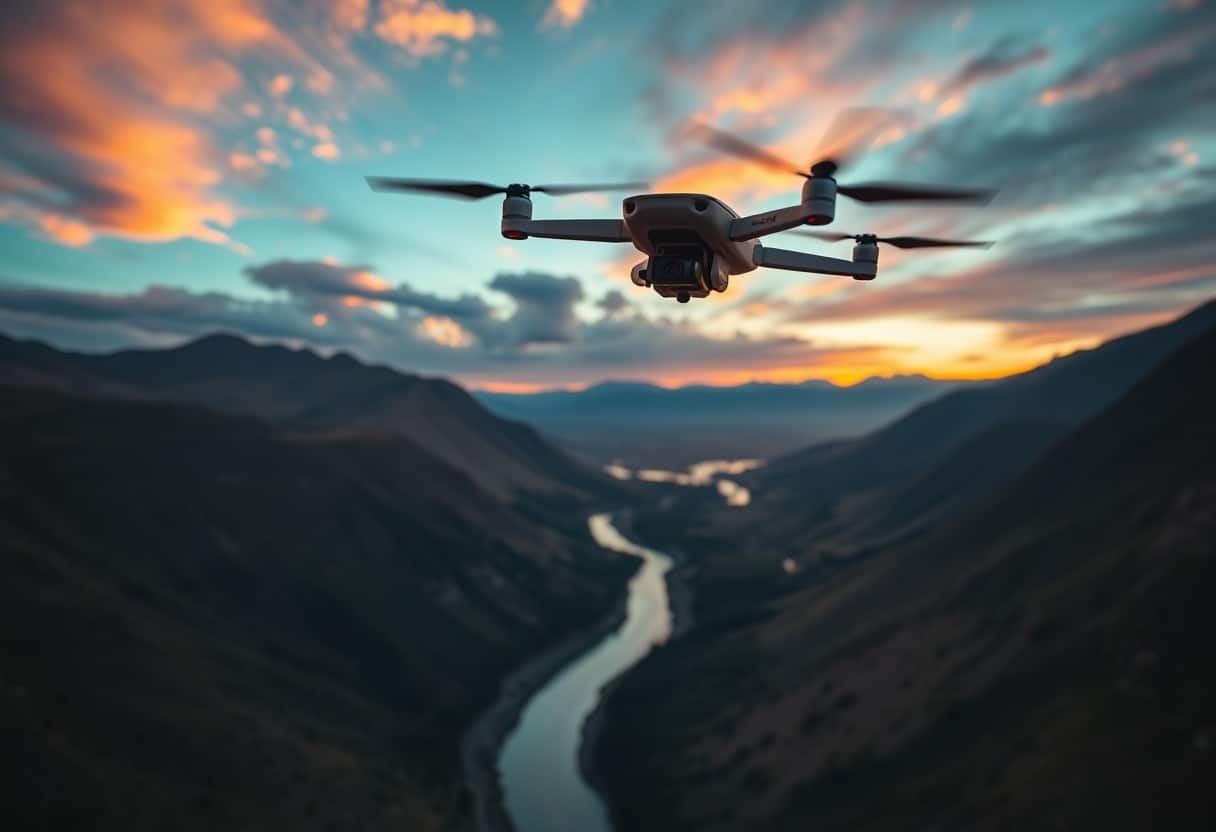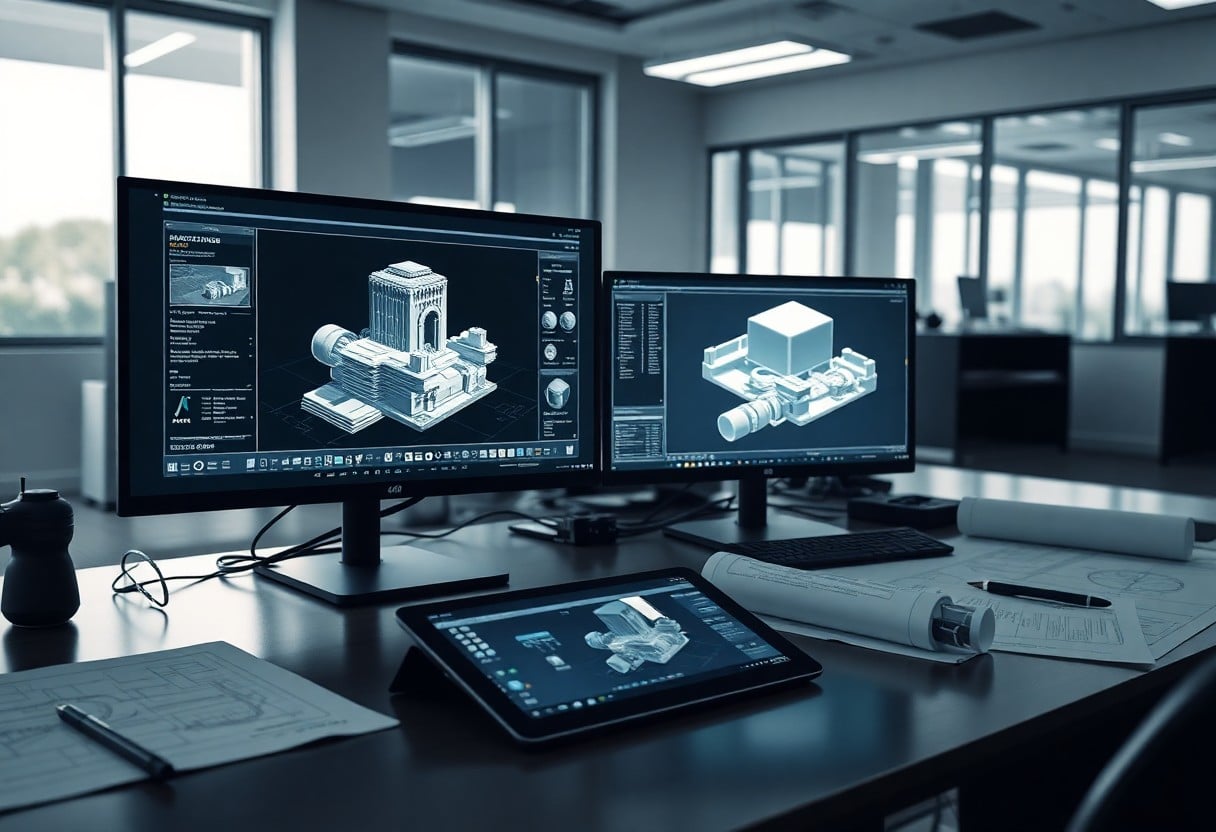Comprehensive Steps for Effective Drone Control in Any Situation
When maneuvering a UAV, you'll need to master a series ofComprehensive and effective stepsThe right controls for the right situation. Whether it's outdoor photography, surveying or emergency rescue, the right control techniques will not only improve your operational efficiency, but also protect theYour safety and the safety of othersIn this article, we will discuss the key steps to ensure stability and flexibility in drone operation under different circumstances. In this article, we will discuss the key steps to ensure the stability and flexibility of drone operation in different situations, so that you can become a more confident drone operator.
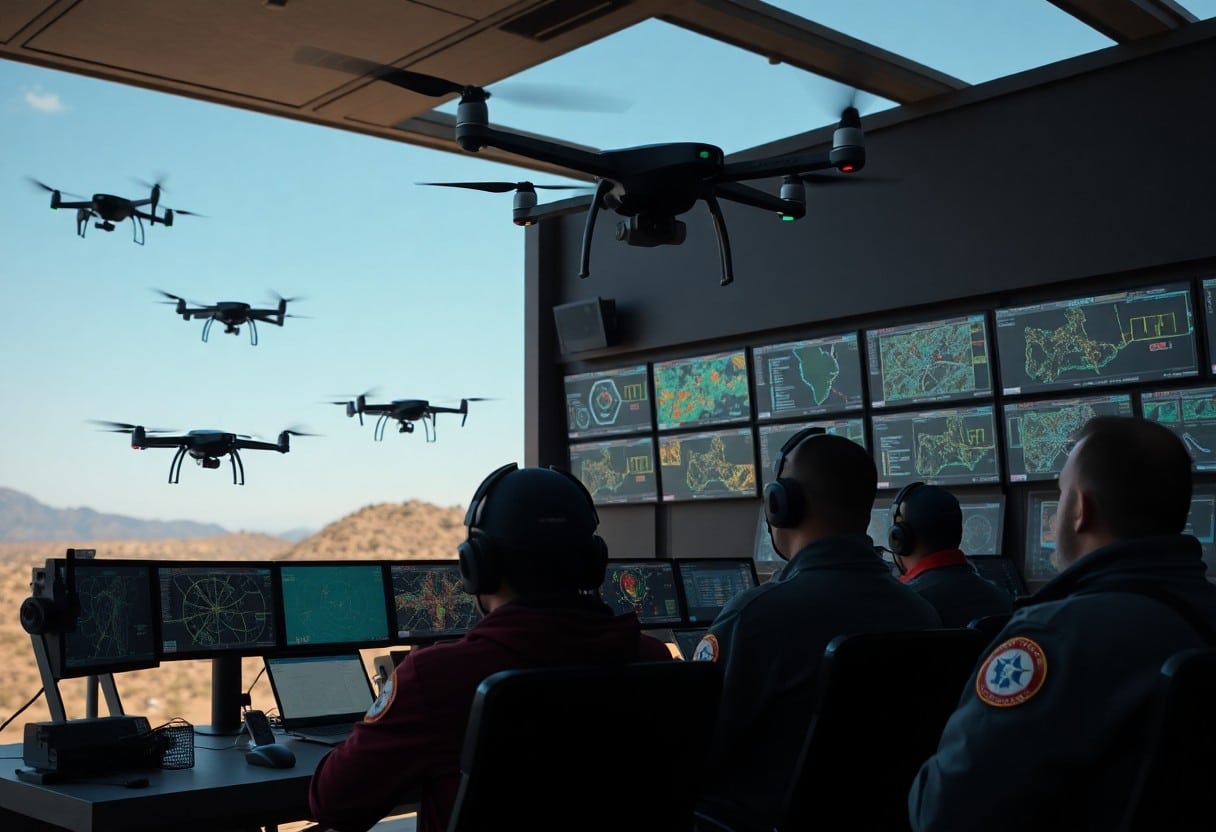
Key Points:
- Identify goals:Identify the purpose of the drone operation in order to select an appropriate maneuvering strategy.
- Familiarize yourself with the specification:Follow local laws and drone operating guidelines to ensure that the mission is carried out legally.
- Conduct a risk assessment:Assess potential risks prior to operation to ensure a safe flying environment.
- Use of advanced technology:Keep abreast of the latest control technology and software to enhance operational efficiency.
- Ongoing training:Receive regular training on drone operation and emergency response.
- Real-time monitoring:Maintains real-time monitoring of the drone's status and surroundings to ensure safe operation.
- Establish a contingency plan:Develop a clear contingency plan for potential emergencies.
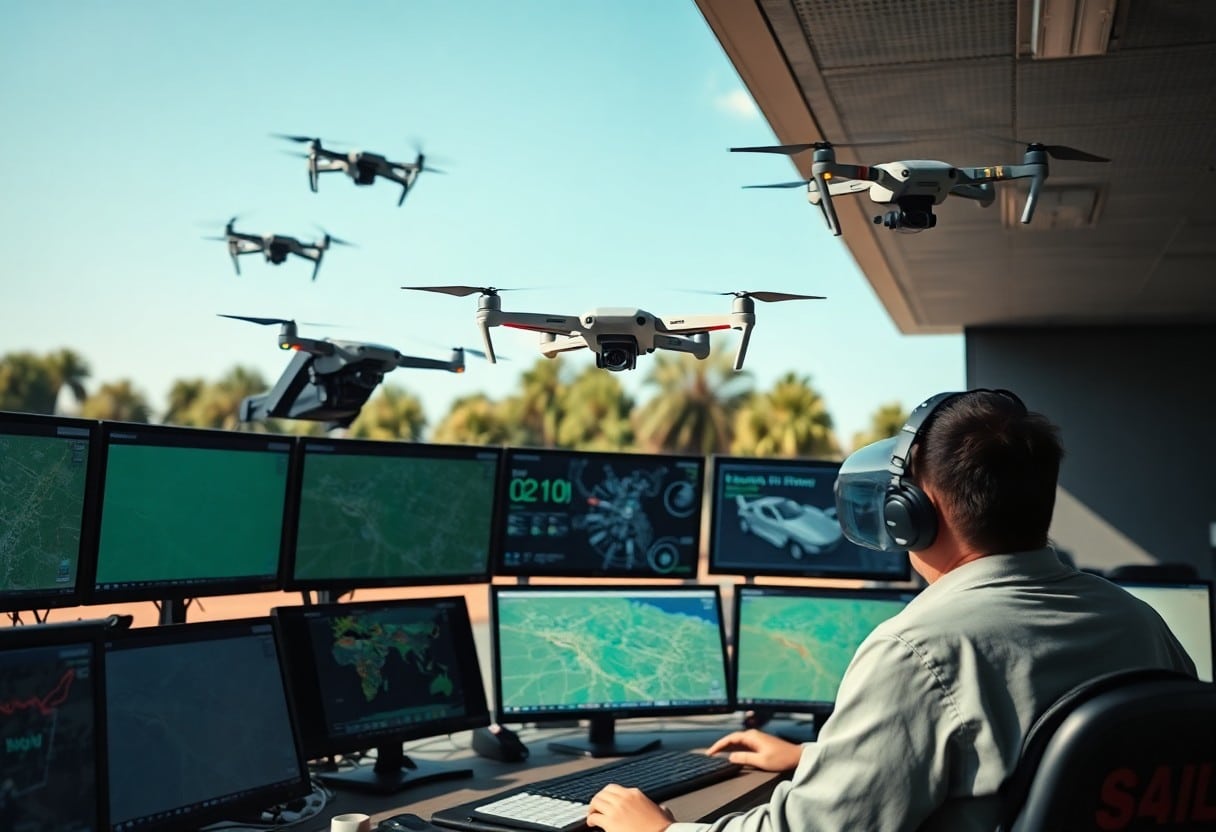
Understanding Drone Technology
Unmanned Aerial Vehicle (UAV) technology has evolved rapidly in recent years to become the centerpiece of a variety of applications. Whether it's in transportation, surveillance or image acquisition, it's important to understand its capabilities and potential. You need to know how UAVs work, how they operate, and how they are used in different environments in order to effectively utilize this technology in any situation.
Types of Drones
There are various types of drones that can be categorized according to the different usage requirements. These types include:
- Fixed-wing drone
- Multi-rotor drone
- Vertical Takeoff and Landing Drone
- Long Range Drones
- Micro Drone
Recognizing these types can help you choose the best drone for your needs.
| Type | use |
| fixed wing | Long distance cruising, collecting materials |
| multirotor | Close-up shooting and flexible operation |
| vertical take-off and landing | Urban environment, small spaces |
| Long voyage | Continuous Monitoring, Disaster Response |
| Micro Drone | Indoor filming and entertainment |
Critical Components and Systems
The operation of a drone relies on a number of key components and systems. You need to understand how these components function and work together to ensure that the drone can operate safely and efficiently. Key components include flight control systems, battery management systems, data link systems, and more.
In drone technology.Flight Control SystemIt is the most important part, responsible for stabilizing and controlling the flight status. Battery Management SystemInstead, it ensures that the drone operates under appropriate power levels to avoid safety problems caused by low power levels. In addition, theData Link SystemIt is responsible for receiving and transmitting data that allows you to maneuver the drone remotely. Understanding the functions of these components will help you improve your operating skills and respond to potential emergencies.
Pre-flight Planning
Prior to conducting drone operations, theAdequate pre-flight planningIt is very important. This step will help you assess the feasibility of the mission and ensure that everything can be done in a safe environment. Set clear objectives, consider environmental factors, and make sure all equipment and personnel are ready for the mission.
Mission Objectives
During the planning stage, you need to be clear aboutMission ObjectivesThis will guide you in every decision you make during the flight and ensure that you can focus on the most important tasks, whether it is photography or surveillance. This will guide you in every decision you make during the flight and ensure that you can focus on the most important tasks, whether it's photography, mapping or surveillance.
Environmental Assessment
proceedEnvironmental AssessmentIt's the key to ensuring safe drone operations. Consider wind speed, weather conditions and terrain features that will directly affect your operational safety and mission success.
When conducting an environmental assessment, you must look forPotential Dangerrespond in singingUnfavorable conditionsFor example, strong winds may affect the stability of a drone, thereby increasing the risk of a crash. For example, strong winds may affect the stability of the drone, thus increasing the risk of a crash. At the same time, theWeather ChangesThe presence of obstacles and their distance must be carefully considered. A good environmental assessment not only ensures that your mission goes smoothly, but also avoids unnecessary damage and improves the overall safety of your operation.
Risk Management Strategy
When performing drone operations, master theRisk Management StrategyIt's important. By systematically assessing and responding to risks, you can effectively minimize potential safety hazards and ensure smooth operations. By utilizing the right procedures, not only can you protect your aircraft, but also your surroundings.
Recognizing Potential Harm
RecognitionPotential Hazardsis the first step in risk management. Identify the various sources of risk in your operating environment, such as weather changes, obstacles and the presence of other aircraft. By conducting a thorough investigation up front, you are better able to anticipate and respond to potential problems.
Lightweighting Technology
In recognizingPotential ThreatsImmediately afterward, you should implement appropriate mitigation techniques. This may include adjusting the flight path, selecting a different altitude or time of flight, or even temporarily stopping the operation to avoid unnecessary risk. These measures are designed to minimize the chance of an incident occurring and its effects.
effectiveLightweighting TechnologyMulti-level response plans should be included, for example, to create contingency mission planning to respond to unexpected situations. You can improve your ability to respond through simulation training, incorporating different scenario analyses into your operational processes. Also, review and update your operations manuals regularly to ensure that your team can quickly adapt to changes in the environment, so you can respond quickly to emergencies and keep everyone safe.
Real-time control technology
In conducting drone operations, theReal-time control technologyIt's critical. These techniques allow you to monitor and adjust the behavior of your drone in real time to respond to unexpected situations. You can learn more about the comprehensive approach to unmanned aerial systems in this resource:Precision Creation - 8 Steps to Mastering the Latest CAD ToolsThe
Manual and automatic operation
When you consider drone operations.Manual and automatic operationThe choice is important. Manual operation gives you more control in complex environments, while automatic operation increases efficiency and reduces human error. Therefore, it is crucial to choose the right mode of operation according to the task requirements.
Communications Consulting
Communication ProtocolDrone control plays a vital role in the control of your drone. You need to ensure smooth data transfer between the drone and the control system to avoid problems with loss of control or information delays.
In the communication protocol.Adoption of standardized protocolsThe reliability and safety of the system can be enhanced. You must be aware of issues such as interference, delays and frequency clashes that can affect the operational efficiency and safety of your drone. Establishing effective communication links not only improves command and control accuracy, but also minimizes operational risk, which becomes especially important in complex environments.
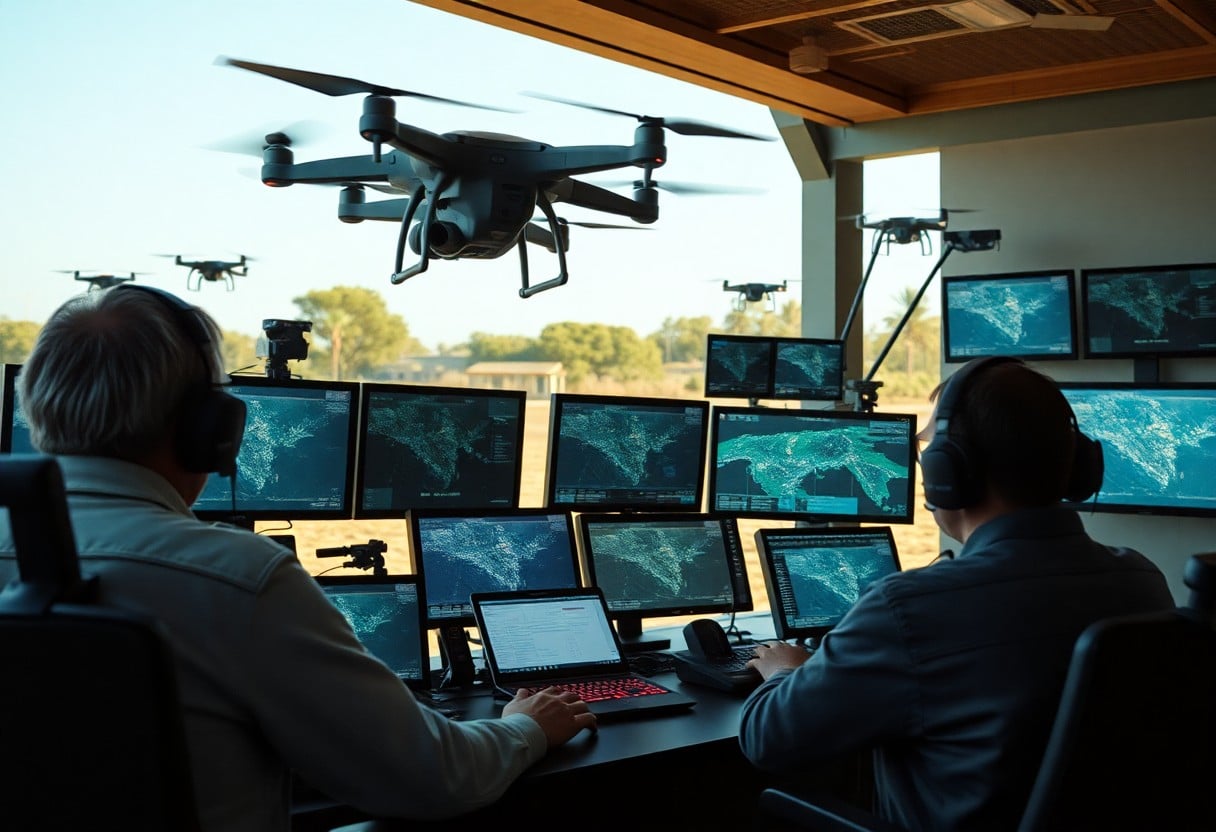
Data Collection and Analysis
In drone operations.Data Collection and Analysisis a critical step in ensuring effective control. You need to continuously monitor your drone's performance and collect various environmental data for subsequent analysis. By deeply analyzing this data, you can understand how your drone performs in different situations and optimize your operational strategy. We recommend checking out this articleWhat steps do I need to take to become compliant with drone registration?, for more tips.
Sensor Integration
Sensor IntegrationIt is an important factor in improving the performance of data collection from the drone. By installing a variety of sensors, such as GPS, barometers, and infrared sensors, you can get comprehensive information about your environment and the real-time status of your drone. This information helps you make more accurate operations and decisions.
Data Processing Methods
Use the appropriateData Processing MethodsThe information collected can be transformed into usable insights. Designing appropriate algorithms and models can help you analyze data trends and respond quickly.
In the data processing method, performData cleaning, filtering and modelingIt's critical. It is the foundation of your analysis and the guarantee of meaningful results. Choosing the right tools and techniques can improve accuracy and minimize the chance of errors. Using machine learning or artificial intelligence algorithms, complex data can be further analyzed to help you better understand drone behavior and response strategies.
Post Flight Assessment
At the end of a drone flight, it is important to conduct a post-flight evaluation. This not only checks the effectiveness of the flight operation, but also identifies any potential problems and challenges. You should focus on evaluating the stability, safety, and achievement of the objectives of the flight and refer to the followingWhat factors affect your drone environment?to deepen your understanding of how to improve the efficiency of your operations.
Performance Analysis
Performance analysis involves a detailed examination of the drone's performance on a specific mission. You need to assess flight accuracy, stability, and any anomalies to ensure that the entire operation meets the set standards. During the analysis, captureElements of successand the areas for improvement will facilitate future flight program adjustments.
Reports and Documents
Reports and documentation are a core part of a post-assessment, helping you to systematize your flight data and lessons learned. Ensure you follow a standardized process that can be easily accessed or analyzed at a later date, and share it with your team at the right time to increase the transparency of your overall operation. Record all importantData and Decision MakingThis will make these experiences even more valuable in the future.
During the reporting and documentation process, you should document in detailStrategies, problems and solutions for each flightThese documents can be used as a reference to help you make more informed decisions in similar situations in the future. These documents can be used as a reference to help you make more informed decisions in similar situations in the future. Ensure that your report includes the time, location, mission objectives and any challenges encountered during the flight and the corresponding countermeasures for more comprehensive reflection and improvement.
Comprehensive Steps to Effective Drone Control
In conclusion, having effective drone control methods is essential for coping with a variety of situations. When operating a drone, you need to follow systematic steps that include thorough planning, environmental awareness and adherence to safety protocols. Ensure that you are constantly updating your skills and knowledge, and utilizing the right tools to improve the accuracy and reliability of your operations. Only then will you be able to confidently maneuver your drone in a variety of situations to achieve the best possible flight results.
Frequently Asked Questions (FAQ)
Q: What is the most important control step in UAV operation?
A: The most important control steps in any situation include checking the hardware status of the UAV, updating the software, understanding the flight environment, and conducting a full test flight simulation. These steps ensure the full functionality of the UAV and minimize the risk of accidents.
Q: How can I ensure that UAVs fly safely in complex environments?
A: The key to ensuring that UAVs fly safely in complex environments is to conduct detailed environmental assessments, use advanced navigation systems, and perform pre-flight inspections, paying particular attention to obstacles and unstable weather conditions.
Q: How do I respond quickly in an emergency?
A: In an emergency situation, the operator should immediately activate the pre-set emergency procedures, which include the auto-return and safe landing functions. At the same time, remain calm and quickly assess the situation in order to make the correct decision.
Q: How is UAV maintenance performed to ensure its performance?
A: Maintenance of the UAV should be performed on a regular basis, including checking all hardware components, cleaning the rotor blades, replacing batteries, and updating the software. Regular maintenance will minimize malfunctions and extend the life of the UAV.
Q: How to improve the control ability of UAV in different weather conditions?
A: To improve the control of the UAV in different weather conditions, the operator should familiarize himself with the performance range of the UAV and fly it under appropriate conditions. In case of strong winds or thunderstorms, avoid flying and choose a safer time.
Q: What are the best practices for UAV control?
A: Best practices for UAV control include following the operator's manual, maintaining a stable communications link, using multi-level safety systems, and continually updating maneuvering skills. These practices contribute to increased flight safety and effectiveness.
Q: When should I consider using a professional UAV operator?
A: When faced with high-risk missions or complex environments, professional UAV operators should be considered. They have the necessary experience and skills to deal with a wide range of challenges and ensure that missions are completed safely and efficiently.
